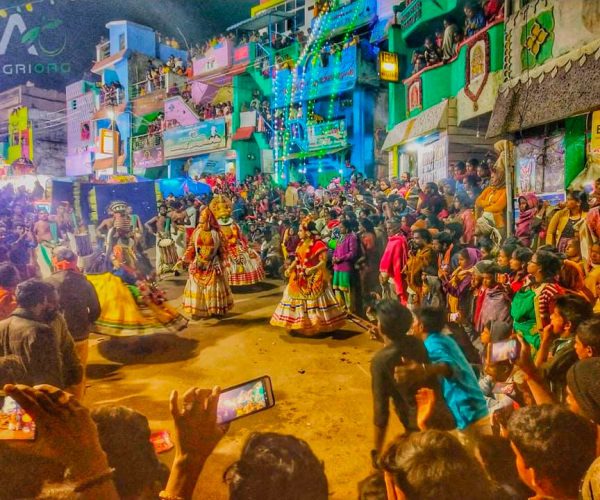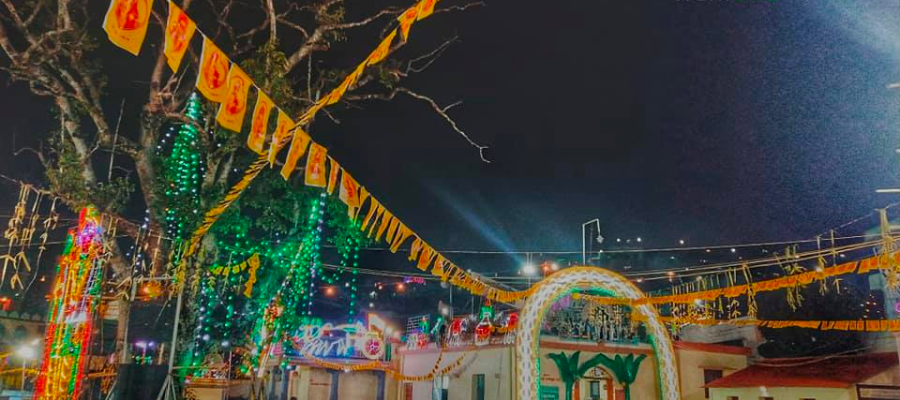Welcome to Poombarai
W E D 5 , A P R I L 2 0 2 3
KNOW ABOUT
POOMBARAI
A place with a rich history of step farming that has gained
worldwide recognition

THE HISTORY OF POOMBARAI
Dates back to the pre-independence era
Poombarai is a small village located in the Kodaikanal hill station in the Indian state of Tamil Nadu. The history of Poombarai dates back to the pre-independence era when the British ruled India. The village was inhabited by a group of ancestors, who were primarily hunters and gatherers.
During the British colonial period, the ancestors were forced to give up their the traditional way of life and adopt agriculture as their main occupation. They were introduced to the technique of step farming, also known as terrace farming, which involved creating level platforms on sloping land to enable cultivation.
Over time, the ancestors became skilled at step farming and developed their own unique methods of terrace farming. They used stone walls to build the terraces, which helped to prevent soil erosion and retain moisture in the soil. They also developed an efficient irrigation system using the water from nearby streams and springs.

Today, Poombarai
is renowned for its
step farming, and
the village has
become a popular
tourist destination
☎ +91 98847 10109
🌐 www.kodaiagriorg.com
✉ info@kodaiagriorg.com
W E D 5 , A P R I L 2 0 2 3
THE KULANTHAI VELAPPAR
Lord murugan watching from hills
The Kulanthai Velappar Temple is a popular temple located in
Poombarai, Kodaikanal. The temple is dedicated to Lord Murugan, whois also known as Kulanthai Velappar. According to local legend, Lord Murugan appeared in the form of a child (Kulanthai) to a devotee who was childless, and hence the name Kulanthai Velappar

The temple is known for its beautiful idol of Lord Murugan, which is believed to have been sculpted by the famous Siddhar Bogar. Bogar is a legendary figure in Tamil Nadu who is believed to have been an alchemist, yogi, and Siddha, with supernatural powers. He is also credited with authoring many important works in Tamil literature, including the Bogar 12000, which contains details about alchemy, medicine, and yogic practices.
The statue of Lord Murugan at the Kulanthai Velappar Temple is said to have been sculpted by Bogar using a unique and secret combination of herbs and minerals. According to the legend, Bogar created the statue using a mixture of nine poisonous herbs and minerals, which he collected from various places in the region. He is believed to have performed a series of rituals and incantations before sculpting the statue, which gave it divine powers and made it one of the most revered idols of Lord Murugan in the region.
Today, the Kulanthai Velappar Temple is a popular pilgrimage site for
devotees of Lord Murugan, and lakhs of people visit the temple every
year to seek his blessings.





